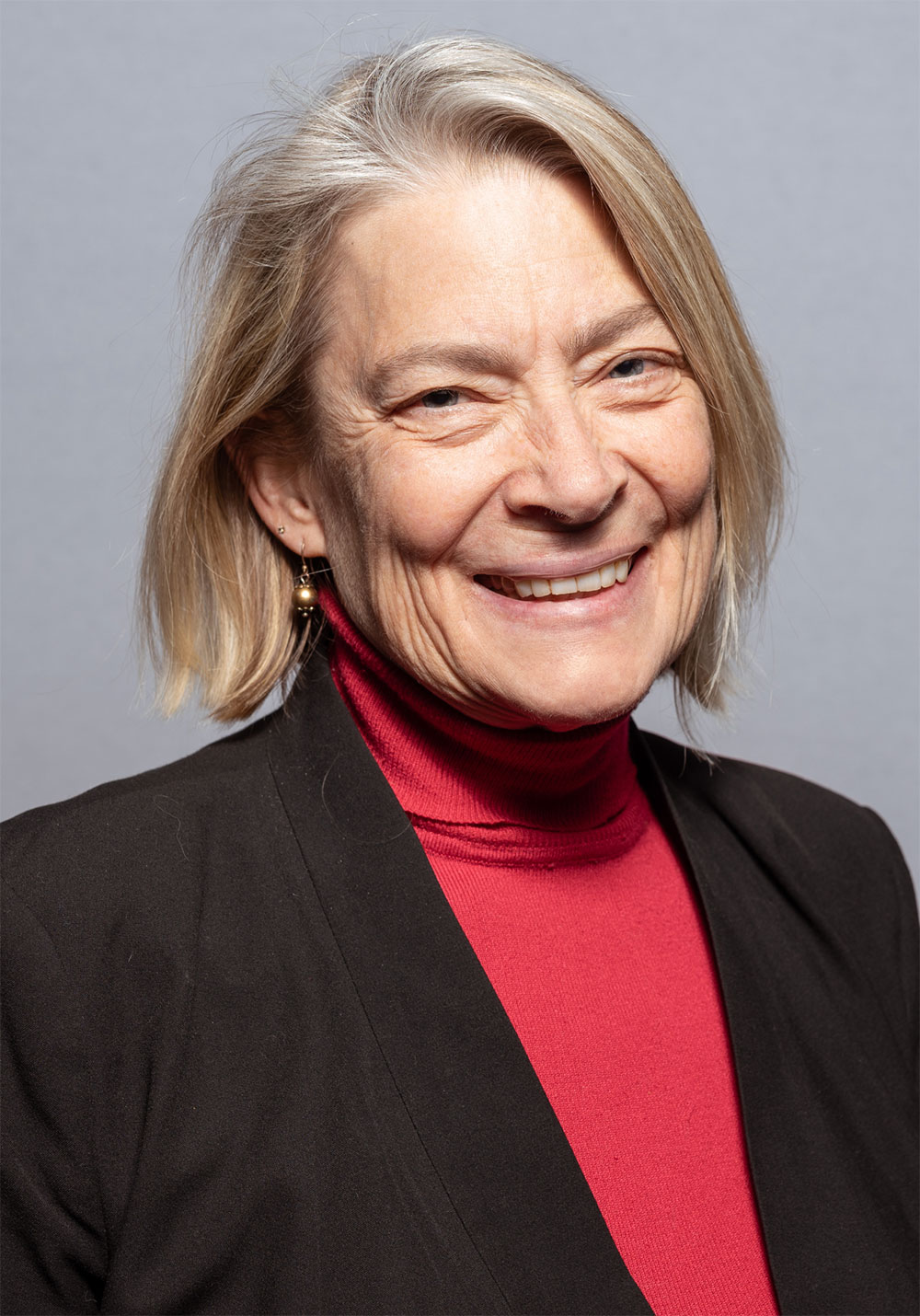Who is a Scientist? Faculty Feature with Maureen Mathison
By Aubrey Fochs

Maureen Matheson
Science and writing are often two fields that go hand-in-hand, but the innerworkings of the two areas are mostly left unresearched. The interdisciplinary aspect of these subjects goes together quite well for Maureen Mathison, associate professor of writing and rhetoric studies at the University of Utah, who teaches a variety of science-based writing courses and focuses much of her research on the rhetoric of science. Mathison is increasingly hopeful about the challenges science faces in addressing its own current limitations.
Mathison’s current research focuses on controversies in the field of science and she is in the process of writing a book about what she calls “internal and external facing controversies.” External controversies are those that are facing the mass public such as climate change, the creation and disposal of nuclear waste, and more. Internal controversies are those facing individuals within the field that the public may not be aware of, such as the treatment of scientists within their own discipline, a lack of diversity among scientists, and others.
While there are many issues within the field of science, one issue that Mathison wishes to address through her research is the perspectives that people have about what science is or who scientists are. This challenge is something she noticed while teaching her courses, specifically her course on the rhetoric of science.
In her classes, Mathison asks her students to draw an example of a scientist then show it to the class. She says that in most instances, the drawings are of men in lab coats or “mad scientists,” people in white lab coats with crazy hair or concoctions that might appear in cartoons or TV. This depiction of a scientist even happens when most of the students are science majors. This spurred Mathison to begin to understand why there are many people who are left out of the discussion when it comes to who is or is not a scientist.
Despite teaching this course frequently in recent years, there has been only one instance that Mathison recalls a female scientist being drawn by a female student. According to Mathison, the perspective of students, even those going into the field, does not yet reflect the changes that are beginning to happen in STEM, such as more women, people of color, and LQBTQ+ entering the field. Mathison believes the need for diversity and inclusion in the field of science is imperative. “I think we’re at a radical point where science is going to change in terms of who is allowed to do science, and the questions scientists are allowed to ask,” said Mathison. “Once it becomes more diverse, science will expand and ask questions that are more inclusive.”
By asking these more inclusive questions, Mathison says we can begin to expand our understanding of science and see new perspectives and ideas that had not previously been considered and/or researched. When reflecting on science and the people who have been historically left out, she says, “I think about the things that could be created once we enlarge that scope. I think we’ve been missing out on creativity and innovation because we have a limited group of people studying the world.”
Ultimately, what Mathison hopes to see in the future of both the field of science and the field of rhetoric is an increasing effort to incorporate ideas and contributions from people who may not have historically been allowed to contribute. When teaching her courses or working on her book, she wants the world to think about the problems that are not always apparent, and hopefully one day, more people will be allowed to contribute their thoughts and ideas to increase everyone’s quality of life. Mathison believes “everyone has contributions to make.” There is no one that exists in this world who doesn’t have ideas or perspectives to contribute.
MEDIA CONTACTS
Jana Cunningham, University of Utah College of Humanities
jana.cunningham@utah.edu | 801-213-0866
Published December 13, 2023
